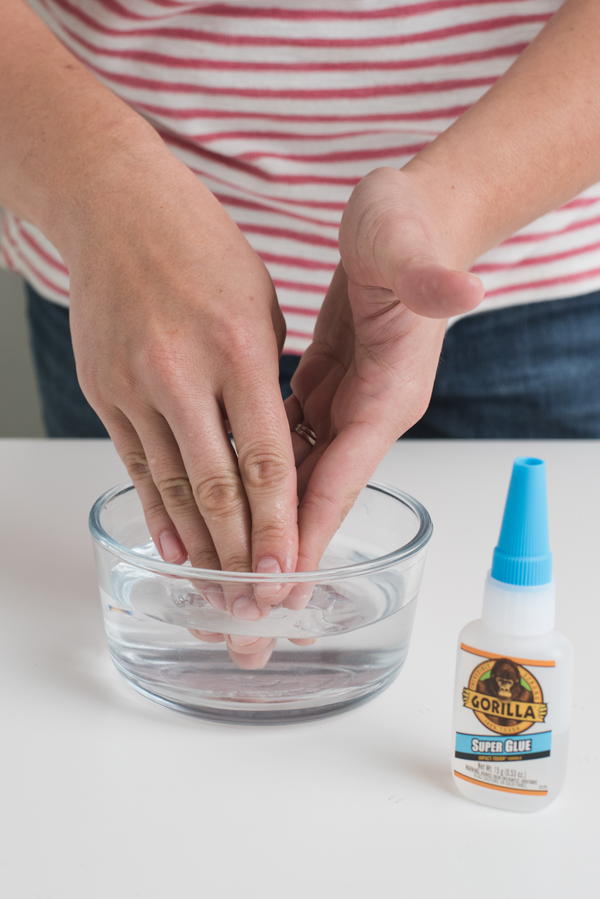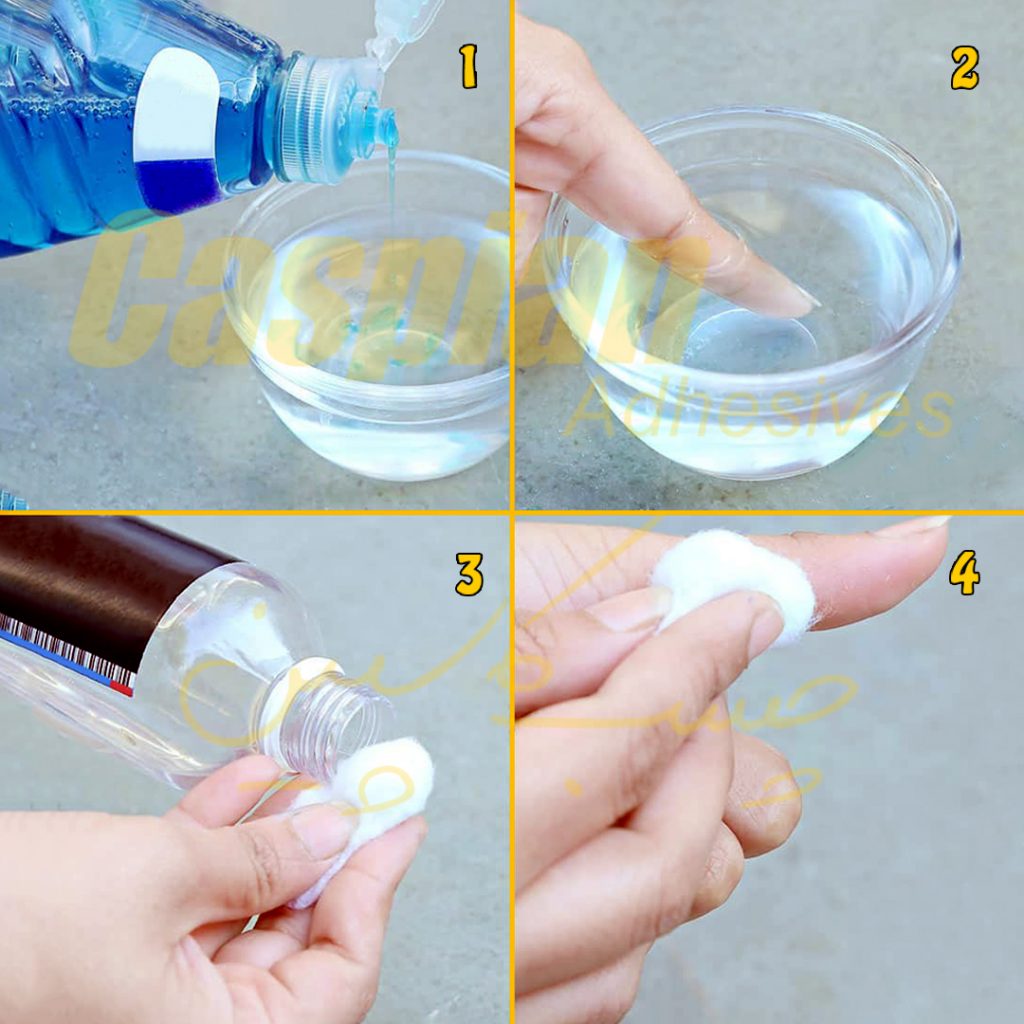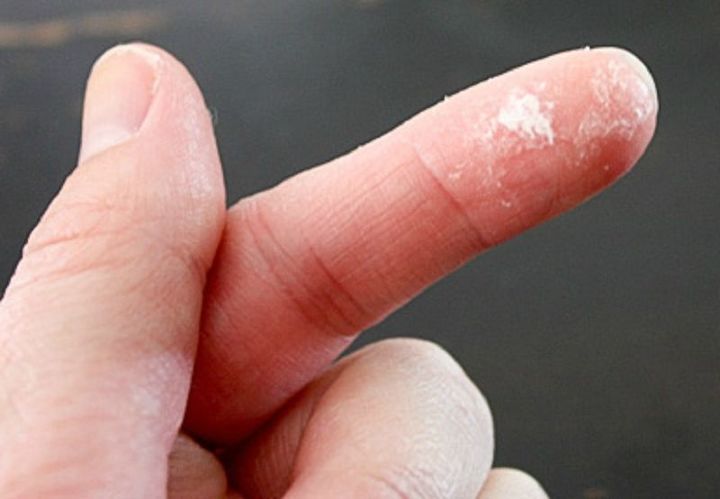How To Remove Sticky Tape Residue From Skin

That persistent, gummy feeling after removing a bandage or tape from your skin can be incredibly irritating. Many have experienced the frustration of lingering adhesive residue, unsure of the best way to safely and effectively remove it.
This article delves into the science-backed methods for removing sticky tape residue from skin, offering a comprehensive guide to various techniques and preventative measures. It provides insights applicable to individuals of all ages and skin types, drawing upon expert opinions and established best practices.
Understanding the Adhesive
The key to removing sticky residue lies in understanding the adhesive itself. Most medical tapes and bandages utilize pressure-sensitive adhesives, which bond to the skin through physical adhesion.
Factors such as temperature, humidity, and the individual's skin type can all influence the strength of the bond and the amount of residue left behind. Knowing the adhesive's composition can help determine the most effective removal method.
Safe Removal Techniques
Several techniques can effectively remove sticky residue without damaging the skin. Choosing the right method depends on the type of adhesive, the skin's sensitivity, and the availability of resources.
Oil-Based Solutions
Oils are often the first line of defense against adhesive residue. These work by dissolving the adhesive, breaking its bond with the skin.
Common options include baby oil, mineral oil, olive oil, and even cooking oil. Apply a generous amount to the affected area, let it sit for a few minutes, and then gently wipe away the residue with a soft cloth.
Soapy Water
Warm, soapy water can be effective for removing less stubborn residue. Use a mild soap to avoid irritating the skin.
Soak the affected area in warm, soapy water for several minutes, then gently scrub with a soft cloth or sponge. Rinse thoroughly and pat dry.
Rubbing Alcohol
Isopropyl alcohol, commonly known as rubbing alcohol, is a strong solvent that can dissolve many types of adhesives. Use this method with caution, as it can be drying and irritating, especially for sensitive skin.
Apply a small amount of rubbing alcohol to a cotton ball and gently dab the affected area. Avoid rubbing vigorously and monitor for any signs of irritation.
Adhesive Removers
Commercially available adhesive removers are specifically formulated to dissolve adhesive residue. These products often contain ingredients like citrus oils or other solvents designed to break down the adhesive bond.
Follow the product instructions carefully and test a small area of skin first to check for any adverse reactions. Many hospitals and clinics use these products.
Petroleum Jelly
Petroleum jelly can be a gentle option for removing residue, especially on sensitive skin. It works by softening the adhesive, making it easier to wipe away.
Apply a thick layer of petroleum jelly to the affected area and let it sit for several minutes. Then, gently wipe away the residue with a soft cloth.
Preventative Measures
Prevention is always better than cure. Taking steps to minimize residue buildup can save you time and discomfort.
Consider using hypoallergenic or silicone-based tapes, which are generally less likely to leave residue. Always remove tape slowly and gently, pulling in the direction of hair growth.
Preparing the skin before applying tape can also help. Clean and dry the area thoroughly, and consider using a skin barrier film or spray to protect the skin.
Expert Opinions and Considerations
Dermatologists often recommend a gentle approach to removing adhesive residue. Dr. Emily Carter, a leading dermatologist, emphasizes the importance of avoiding harsh chemicals and vigorous scrubbing.
“The goal is to remove the residue without damaging the skin barrier,” says Dr. Carter. “Oil-based solutions are often the safest and most effective option, especially for sensitive skin.”
The American Academy of Dermatology also recommends consulting a dermatologist if the residue is difficult to remove or if any signs of skin irritation develop. In some cases, persistent residue may indicate an underlying skin condition.
Conclusion
Removing sticky tape residue from skin can be a simple process with the right techniques. By understanding the adhesive, choosing the appropriate removal method, and taking preventative measures, you can minimize irritation and keep your skin healthy.
Remember to prioritize gentle methods and consult with a healthcare professional if you have any concerns or persistent skin problems. With a little patience and the right approach, you can say goodbye to that sticky, uncomfortable feeling.

![How To Remove Sticky Tape Residue From Skin How To Remove Sticky Residue: 13 Effective Methods [+ FAQs]](https://selleys.com.sg/wp-content/uploads/2023/01/Infographic-on-methods-to-remove-sticky-residue-832x1024.png)






:strip_icc()/assorted-cleaning-solutions-plus-peanut-butter-594c8e41-6ca410ecabc646959db37d9888bffbca.jpg)









